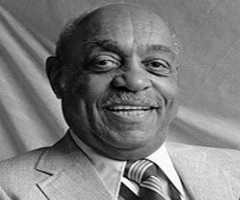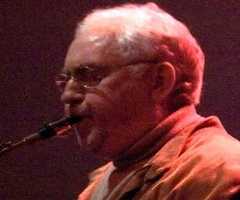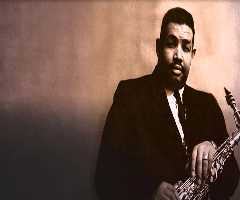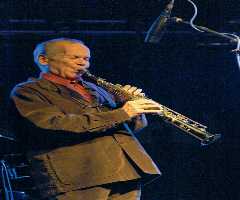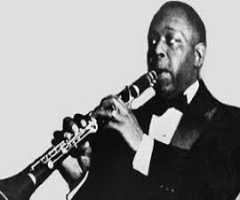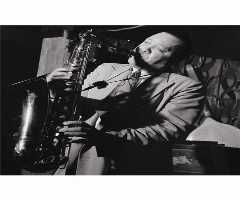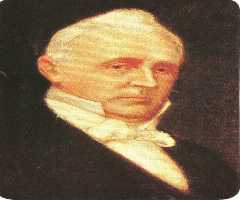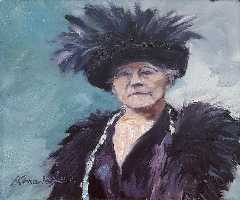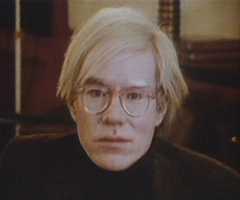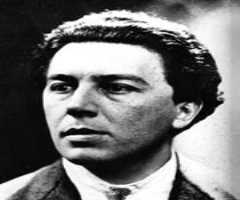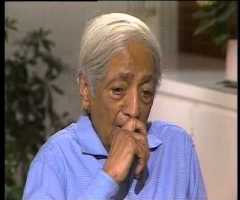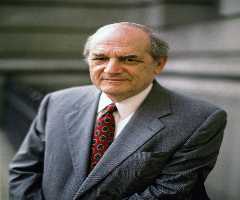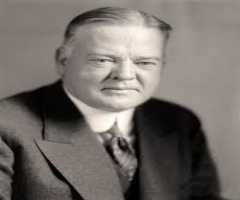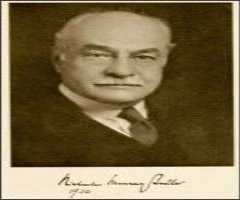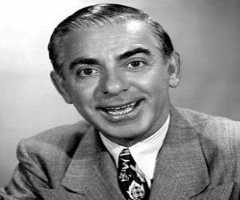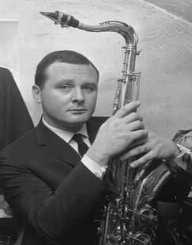
Birth Place : Philadelphia, Pennsylvania, United States of America
Died On : June 6, 1991
Zodiac Sign : Aquarius
Stanley Getz Biography, Life, Interesting Facts
Stanley Getz was one of America’s finest jazz saxophonist. Born on February 2, 1927, he was known as The Sound, in recognition of his warm, lyrical tone and his fine, mellow timbre of his idol, Lester Young. Stanley Getz rose to fame in the 1940s with Woody Herman’s big band. His style and artistic play made the critic, Scott Yanow describe him as "one of the all-time great tenor saxophonists.”
Stanley Getz also performed with groups like cool jazz and bebop and later bossa nova to release the hit single The Girl from Ipanema in 1964, which Stanley Getz performed with Astrud Gilberto. Stanley Getz also gained popularity with a work he did with inspiration from Antonio Carlos Jobim and Joao Gilberto.
Early Life
Stanley Getz was born on February 2, 1927, at Vincent’s Hospital, Philadelphia to Al Gayetski and Goldie Yampolsky. His parent lived in Philadelphia but left for New York during the depression era. Stanley Getz was academically good and had good grades in school. Even at his young age, he was interested in playing musical instruments, and at age 13, his father bought him his first saxophone. Aside from that, Stanley Getz also got him a clarinet, but Stanley Getz was much into playing the saxophone and practiced with it eight hours each day. He received his secondary education at James Monroe High School in the Bronx.
Stanley Getz gained admission to the All City High School Orchestra of New York City in 1941. With this, he had an opportunity to receive private and free tutoring from Simon Kovar, a bassoon player from the New York Philharmonic. Nonetheless, Stanley Getz continued to play the saxophone. In order to pursue his musical career, Stanley Getz dropped out of school but was forced back to the classroom by the school system's truancy officers.
Career
Stanley Getz joined the Jack Teagarden’s band in 1943 and acted as the ward due to his young age. During this time, Stanley Getz also played alongside Lionel Hampton and Nat King Cole and played for Jimmy Dorsey, Benny Goodman, and Stan Kenton. From 1947 to 1949, Stanley Getz was a soloist for The Second Herd with Woody Herman. Stanley Getz was part of Herman’s hit song, Early Autumn. Stanley Getz later left The Second Herd to pursue a solo career.
Solo Career
In 1952, Stanley Getz featured in Johnny Smith’s album Moonlight in Vermont, which became the top album of the year. This achievement built on Getz’s credentials and his reputation was enhanced. He worked in the Scandinavia from the mid to late 1950s playing cool jazz with the likes of Oscar Peterson, Johnny Smith and Horace Silver among several others. In 1953, Stanley Getz was part of the group Dizzy/Gillespie/Stan Getz Sextet with a line up including Gillespie, Getz, Ray Brown, Max Roach and Herb Ellis. He returned to the United States in 1961, and that was when he became a central figure in introducing to the American audience bossa nova music.
In 1962, Stanley Getz collaborated with guitarist Charlie Byrd to record Jazz Samba, which was an instant hit selling over a million copies and won a gold disc. A song on the album, Desafinado won the Grammy for Best Performance in 1963. Soon after the first album, Stanley Getz collaborated with composer and arranger, Gary McFarland for the album Big Band Bossa Nova. Having achieved the desired results, Stanley Getz followed came out with another album Jazz Samba Encore teaming up with Brazilian guitarist, Luiz Bonfa, one of the originators of bossa nova. This also became a hit with about one million copies sold and winning his second gold disc.
In 1963, Stanley Getz collaborated with Joao Gilberto, Antonio Carlos Jobim, and Astrud Gilberto to record the album, Getz/Gilberto. A song on the album, The Girl from Ipanema won a Grammy while the album itself won two Grammys for Best Album and Best Single. In 1964, he followed it with the live album Getz/Gilberto Vol. 2 and also Stanley Getz Au Go Go that same year. His relationship with Astrud Gilberto came to light, and that ended the partnership between her and the husband, Joao Gilberto with Stanley Getz Along with Stanley Clark, Tony Williams, and Chick Corea, Stanley Getz recorded in the fusion idiom in 1972. At the same time, he experimented with an Echoplex on his saxophone.
Stanley Getz had a brief acting career by playing a cameo in the film, the Exterminator in 1980. In the mid1980s until 1988, Getz tutored at an artist-in-residence at Stanford University’s Stanford Jazz Workshop.
Personal Life
On November 7, 1946, Stanley Getz married Beverly Byrne, a vocalist with the Gene Krupa band. They were blessed with three children. In 1956, they got divorced, and Getz got married to his second wife Monica Silfverkiold in November that same year. They had two children, Pamela and Nicolaus. His marriage to Monica was characterized by series of abuse towards the children and at a time on Monica.
In 1981, Stanley Getz filled for a divorce, but that was denied until 1987. Monica, on the other hand, filled a petition to theUnited States Supreme Court to have the divorce verdict overturned in 1990 but the court declined to hear the case. Per the New York State law, a settlement agreement was to be heard in trial court and not the family court, which Monica saw as discriminatory against women, who may not be able to afford trial lawyers.
During his teenage, Stanley Getz fell into alcoholism and drug use. Stanley Getz got arrested for an attempted robbery at a pharmacy in 1954. Stanley Getz died on June 6, 1991, of liver cancer. Stanley Getz was cremated, and his ashes put in his saxophone case and poured six miles off the coast of Marina del Rey.
Awards
Stanley Getz won several awards including,Grammy Award for Best Jazz Performance, Soloist or Small Group (Instrumental) "Desafinado," 1962, Grammy Award for Record of the Year, "The Girl From Ipanema," 1964 and a Grammy Award for Album of the Year, Getz/Gilberto, Stanley Getz and João Gilberto (Verve) 1964.
He also won Grammy Awards for Best Instrumental Jazz Performance, Small Group or Soloist With Small Group, Getz/Gilberto, Stan Getz 1964 and a Grammy Award for Best Jazz Solo Performance, "I Remember You" Stan Getz 1991. The Stan Getz Media Centre and Library at Berklee College of Music was dedicated by Herb Alpert Foundation in 1998.
